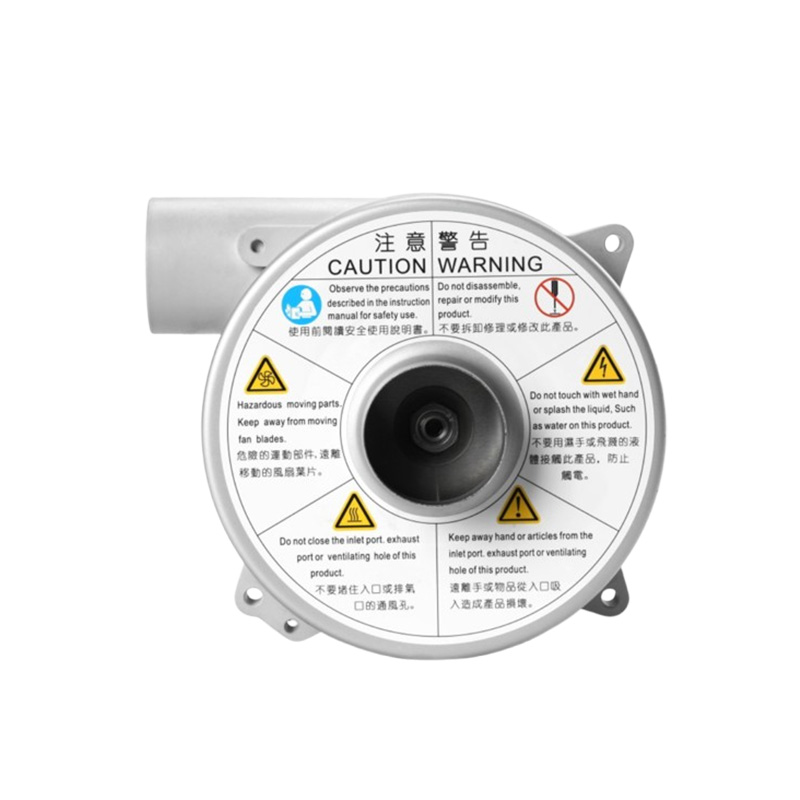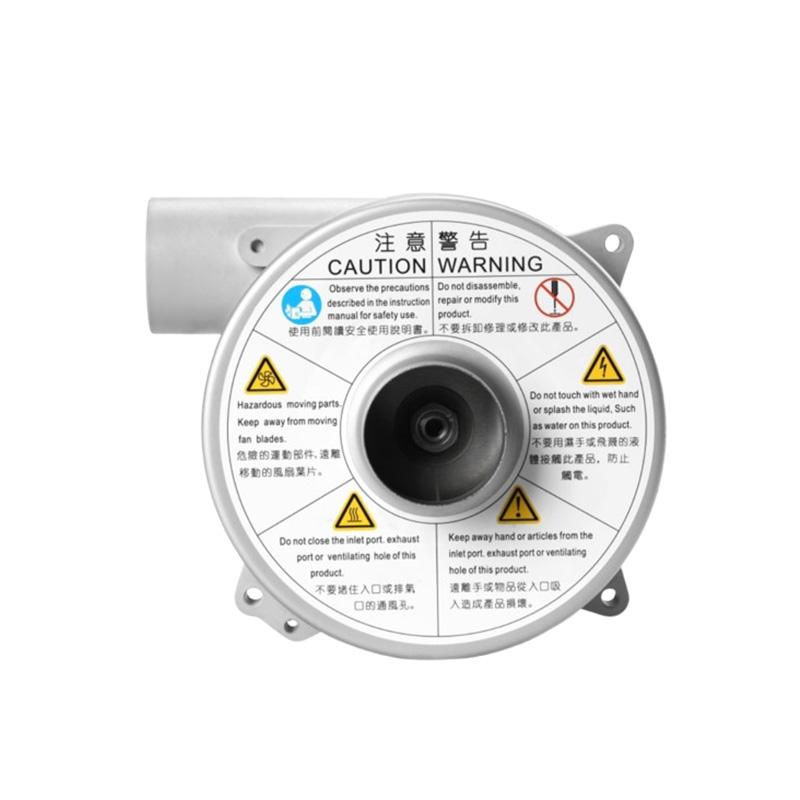In the modern industrial landscape, energy efficiency has become a paramount concern due to rising energy costs and the urgent need for sustainable practices. High-pressure fans, widely used in processes such as ventilation, cooling, and material handling, consume significant amounts of energy. The introduction of variable speed technology has revolutionized the operation of these fans, offering substantial energy savings and improved process control.

Energy Saving Principle
1. Variable Speed Control
At the heart of energy savings lies the variable speed drive (VSD), which allows the fan to operate at varying speeds based on the system's demand. Traditional fixed-speed fans often run at full capacity even when partial airflow is sufficient, leading to unnecessary energy consumption. Conversely, a VSD adjusts the fan speed to match the required airflow, reducing energy usage proportional to the cube of the speed reduction (Affinity Laws). For instance, reducing the fan speed by 20% results in a 51.2% decrease in energy consumption.
2. Improved System Efficiency
Variable speed fans optimize system efficiency by reducing pressure losses and eliminating over-pressurization. By precisely controlling the fan speed, the system can maintain optimal operating conditions, minimizing turbulence and energy waste. This fine-tuning capability ensures that the fan operates within its most efficient performance range, enhancing overall system efficiency.
3. Demand-Responsive Operation
In many industrial processes, the demand for airflow varies throughout the day or season. Variable speed fans adapt to these fluctuations in real-time, providing only the necessary airflow, thereby avoiding energy wastage associated with constant full-speed operation. This demand-responsive operation aligns energy consumption directly with operational needs, promoting sustainability.
Practical Application
1. HVAC Systems in Commercial Buildings
In commercial buildings, HVAC systems are major energy consumers. High-pressure variable speed fans in HVAC applications can significantly reduce energy usage by adjusting airflow based on occupancy levels, outdoor weather conditions, and indoor temperature setpoints. This adaptive control not only saves energy but also enhances indoor comfort and air quality.
2. Industrial Ventilation
Industrial settings, such as manufacturing plants and data centers, require constant ventilation to ensure safe working environments and equipment cooling. High-pressure variable speed fans in these applications can be programmed to maintain specified air changes per hour (ACH) rates or temperature gradients, adapting to changes in production schedules or ambient conditions. This flexibility reduces energy costs and extends fan lifespan by minimizing wear and tear.
3. Wastewater Treatment Plants
Wastewater treatment facilities rely heavily on aeration processes, which are energy-intensive. By integrating high-pressure variable speed fans into aeration tanks, operators can fine-tune oxygen levels precisely, optimizing biological treatment processes. This precision control leads to reduced energy consumption and improved treatment efficiency, contributing to both economic and environmental benefits.
4. Mining Ventilation
Underground mining operations necessitate robust ventilation systems to ensure worker safety and mitigate explosion risks. High-pressure variable speed fans in mining applications can dynamically adjust airflow in response to changes in tunnel depths, gas concentrations, and worker density. This adaptive capability enhances safety, reduces energy waste, and supports more efficient mining operations.
Conclusion
High-pressure variable speed fans represent a transformative technology in improving energy efficiency and operational flexibility across various industries. By leveraging the principles of variable speed control, system optimization, and demand-responsive operation, these fans offer substantial energy savings, enhanced process control, and improved environmental performance. Practical applications in commercial HVAC, industrial ventilation, wastewater treatment, and mining demonstrate their versatility and impact. As industries continue to prioritize sustainability and cost efficiency, the adoption of high-pressure variable speed fans will undoubtedly accelerate, driving forward a more energy-conscious future.

